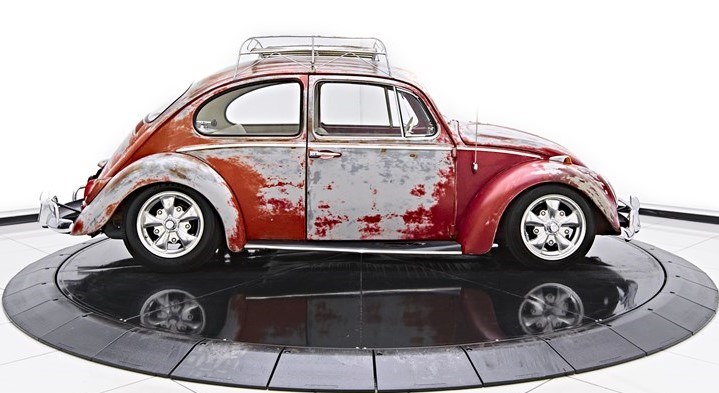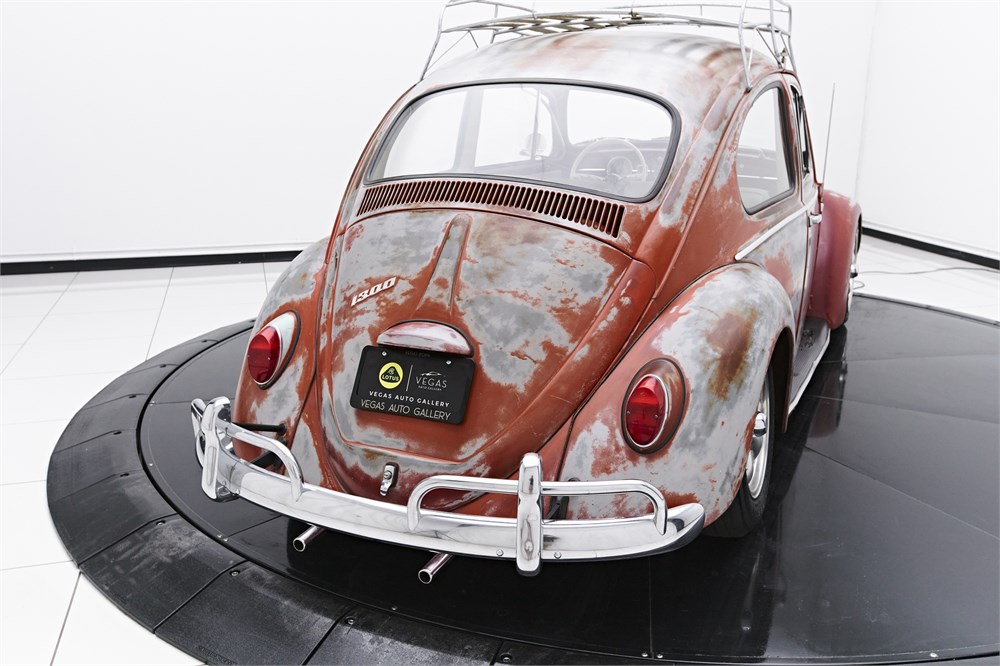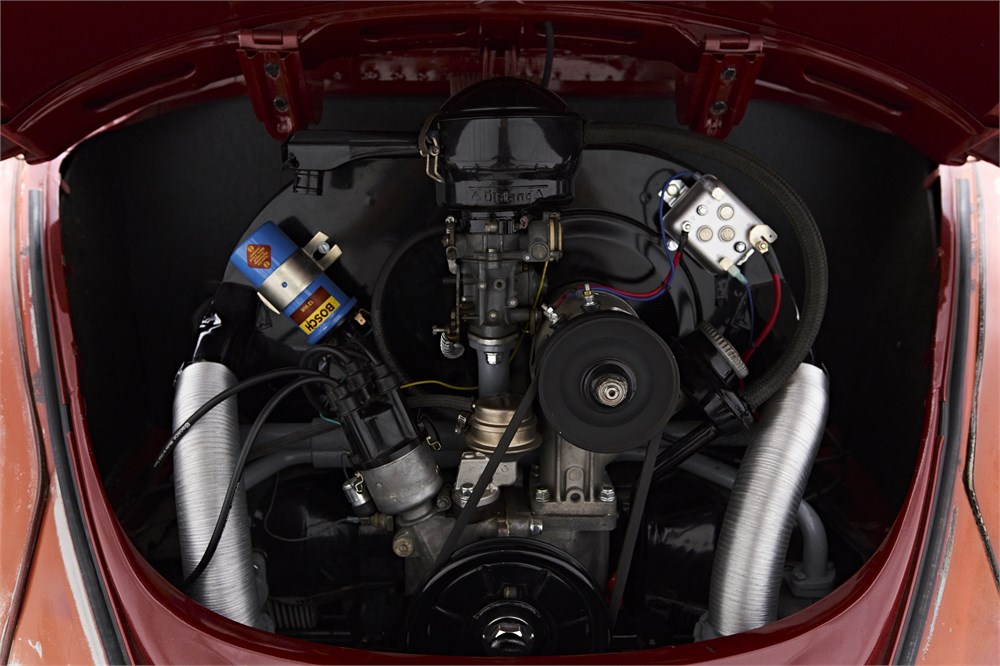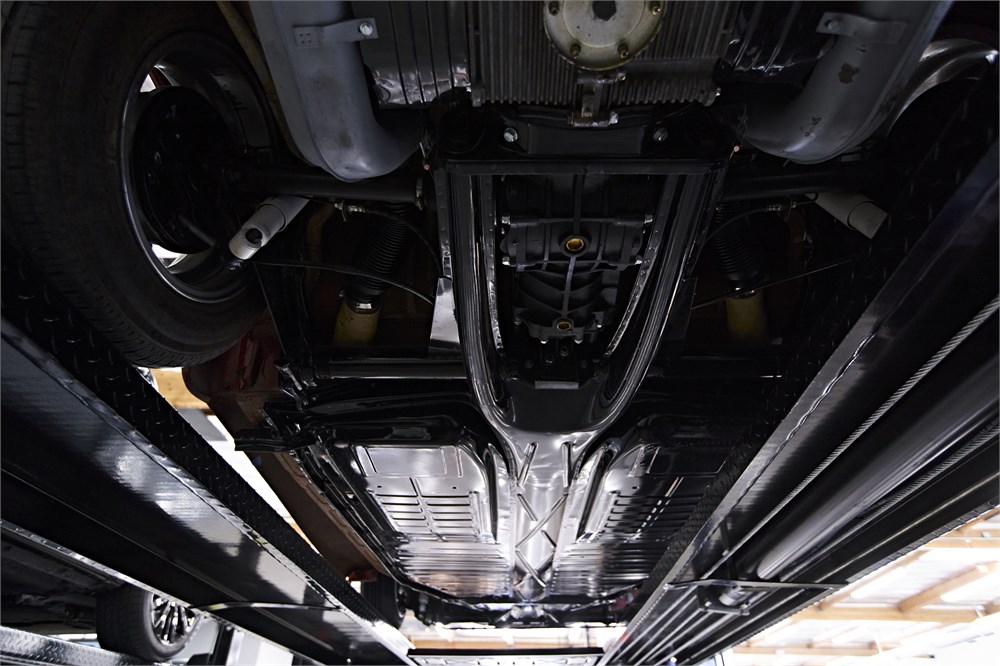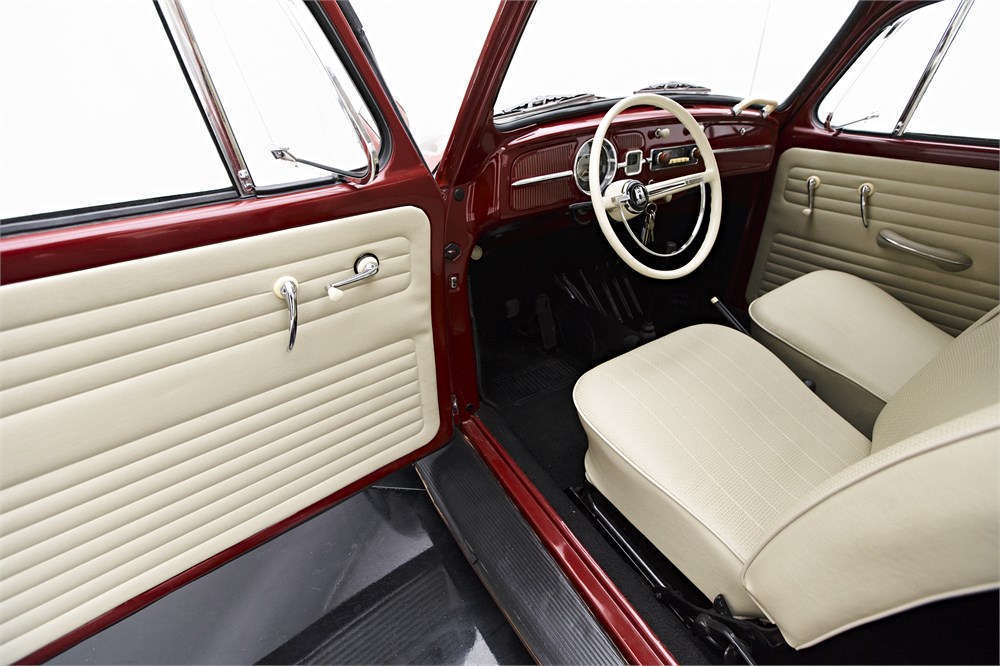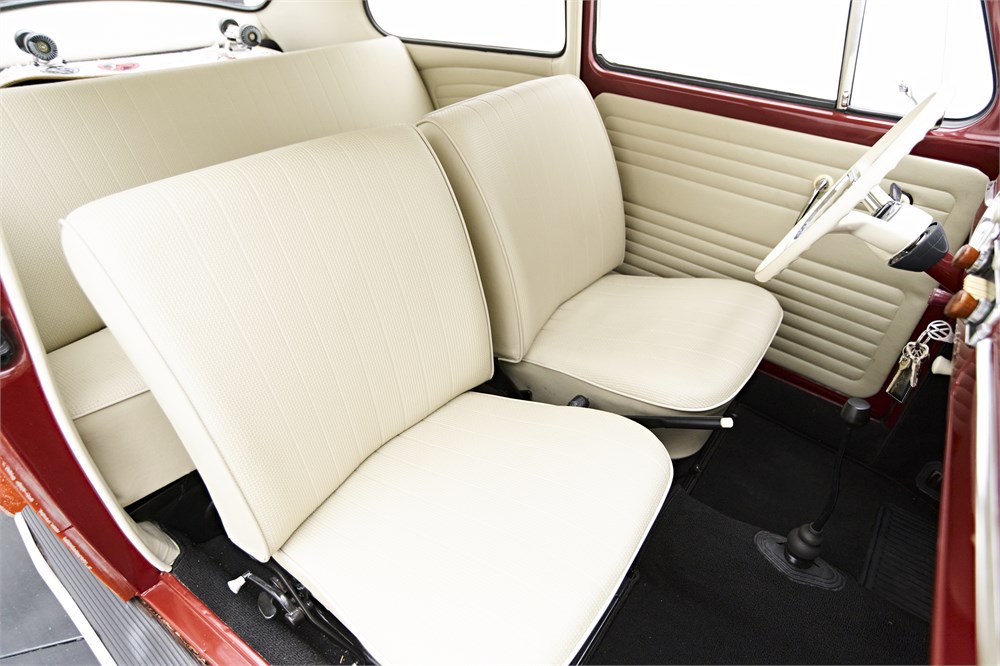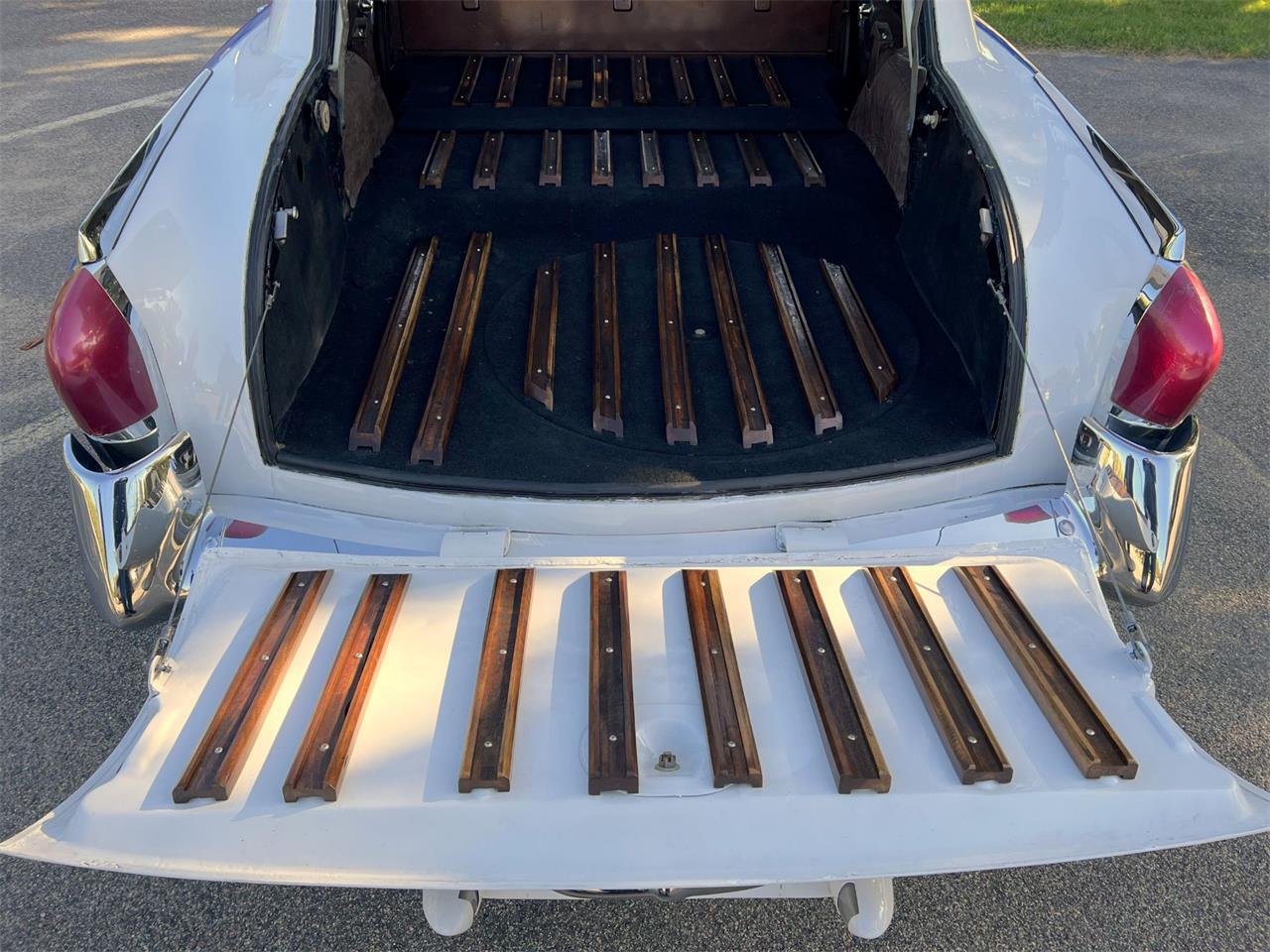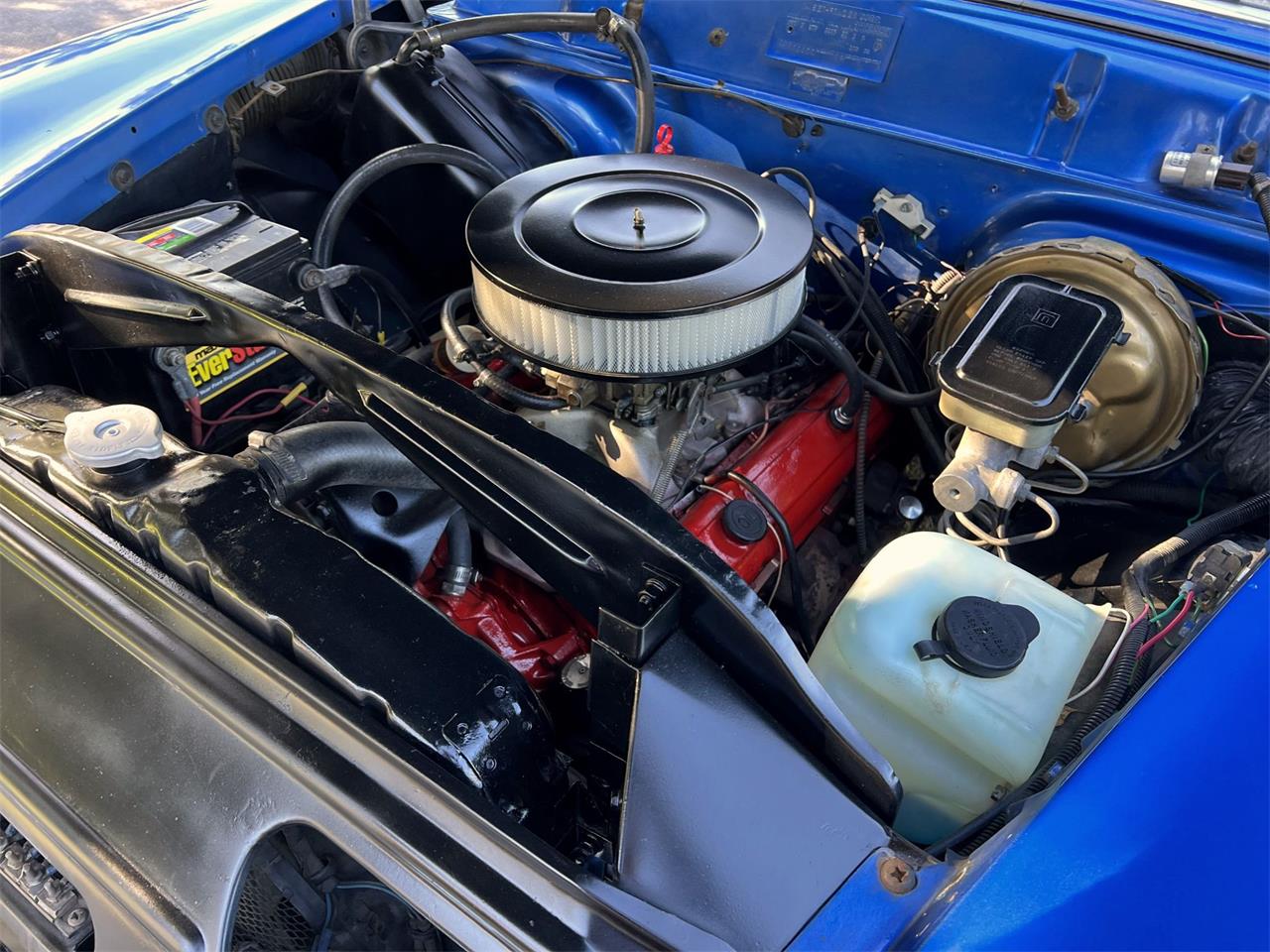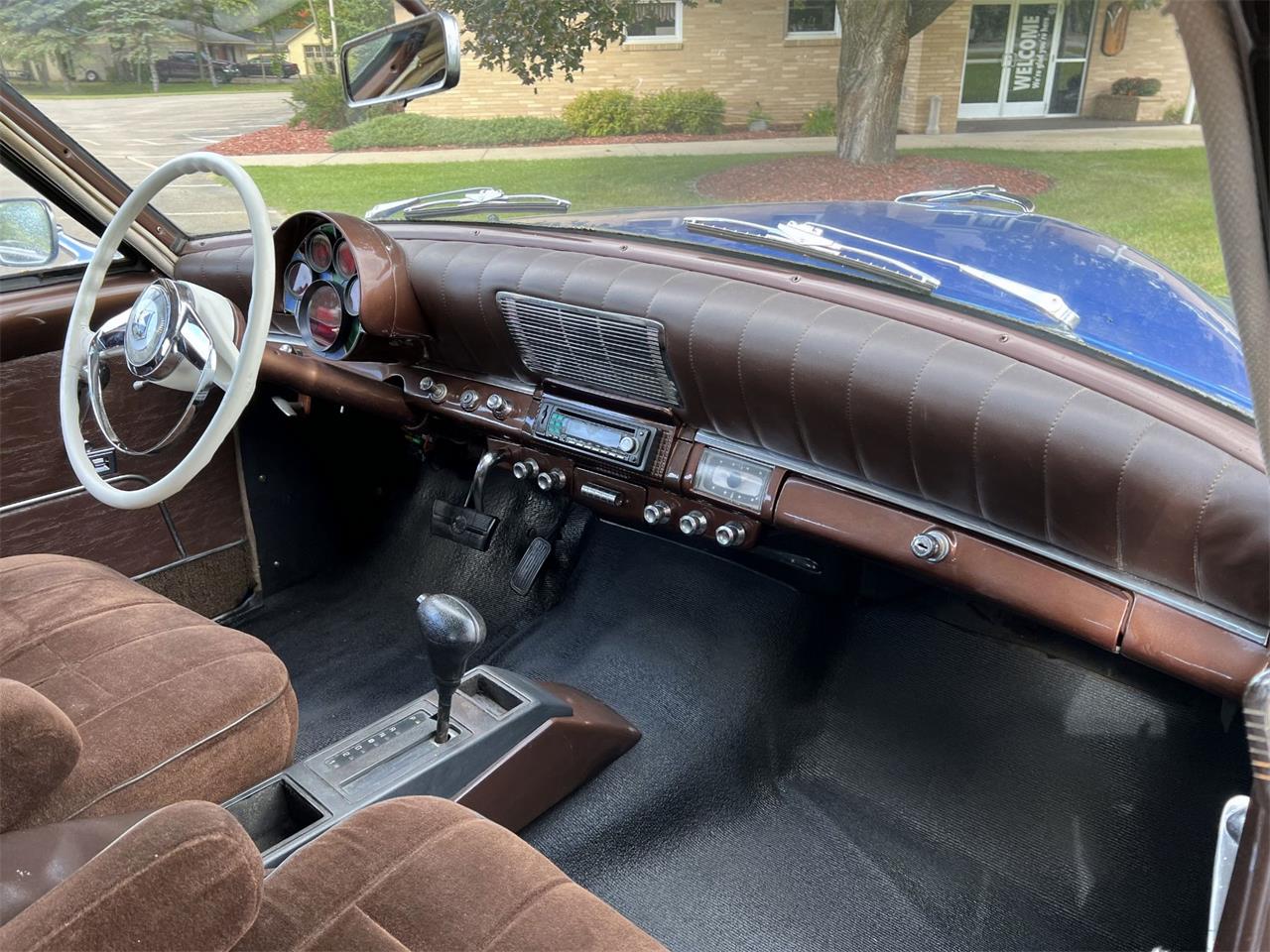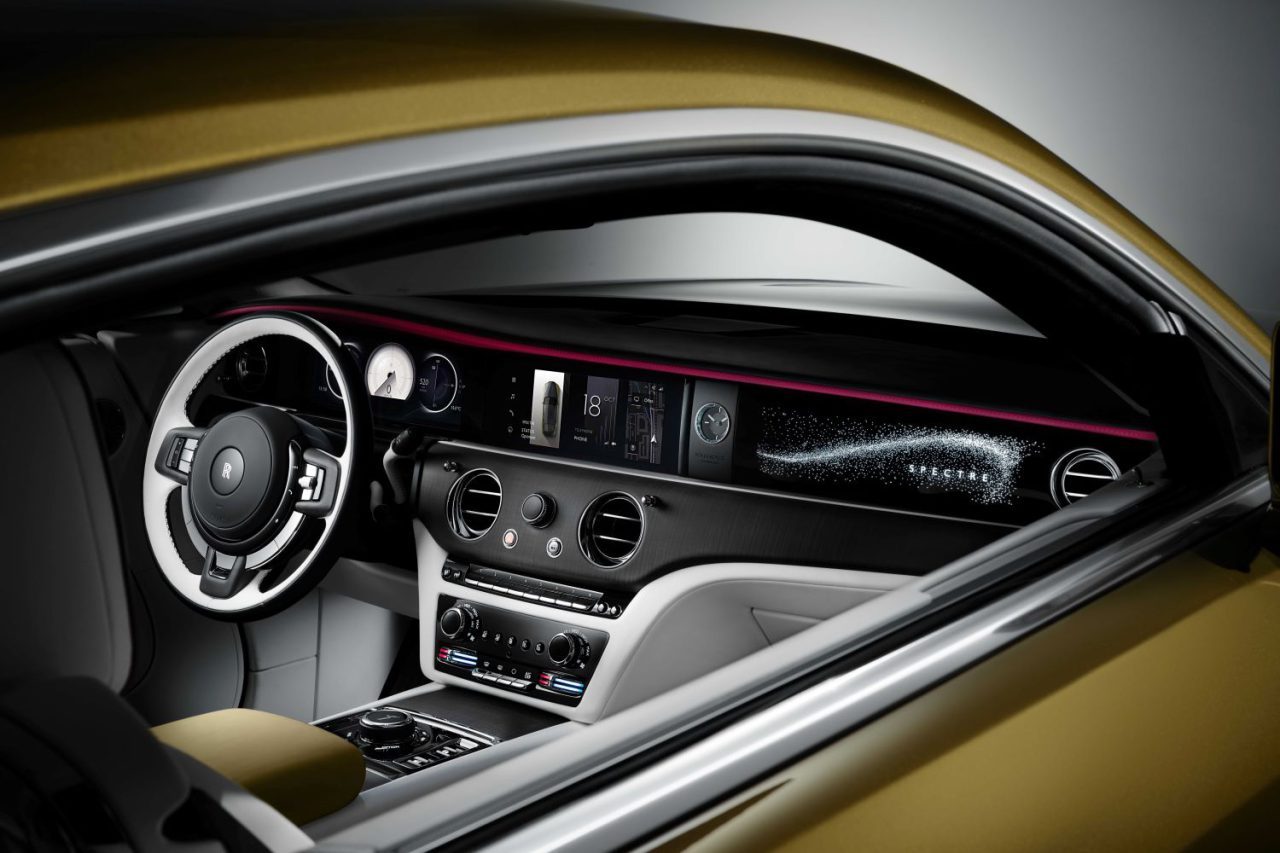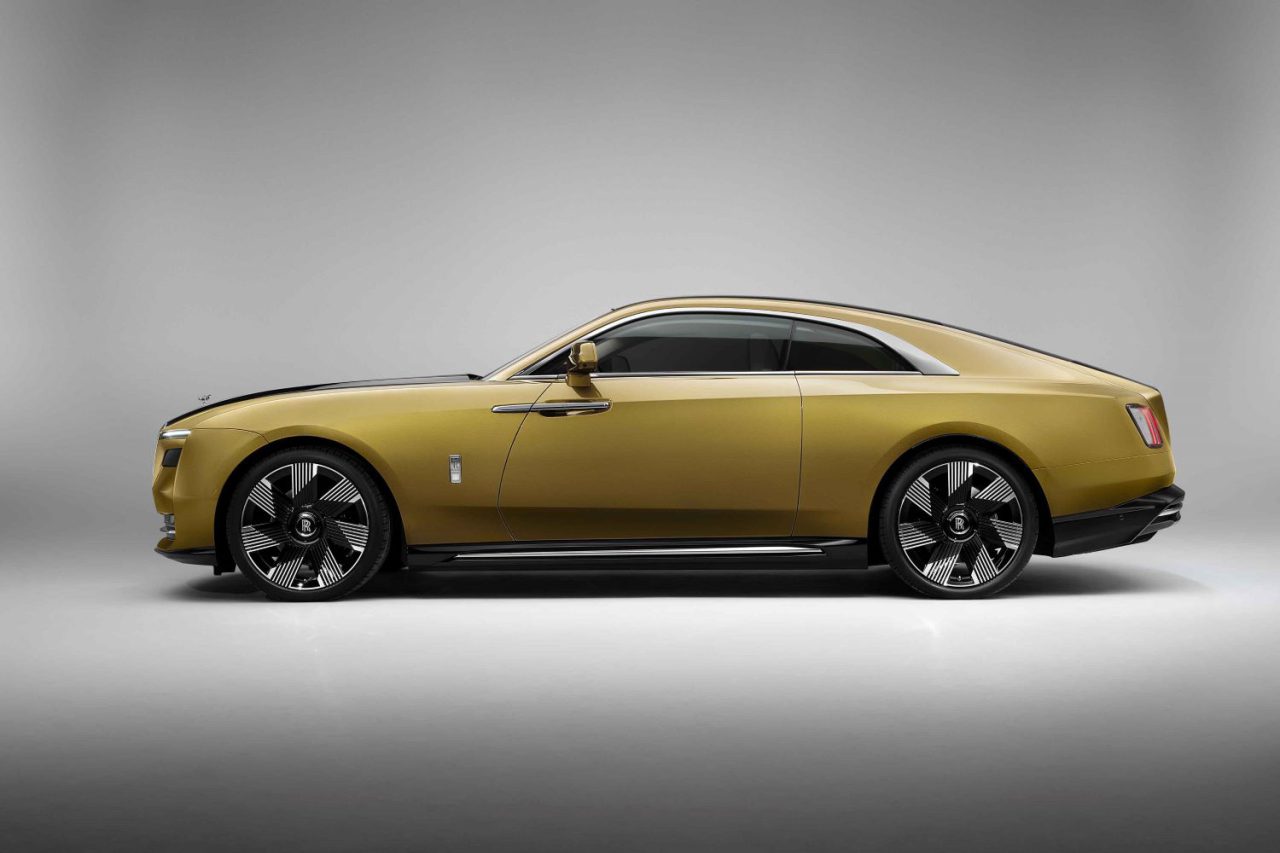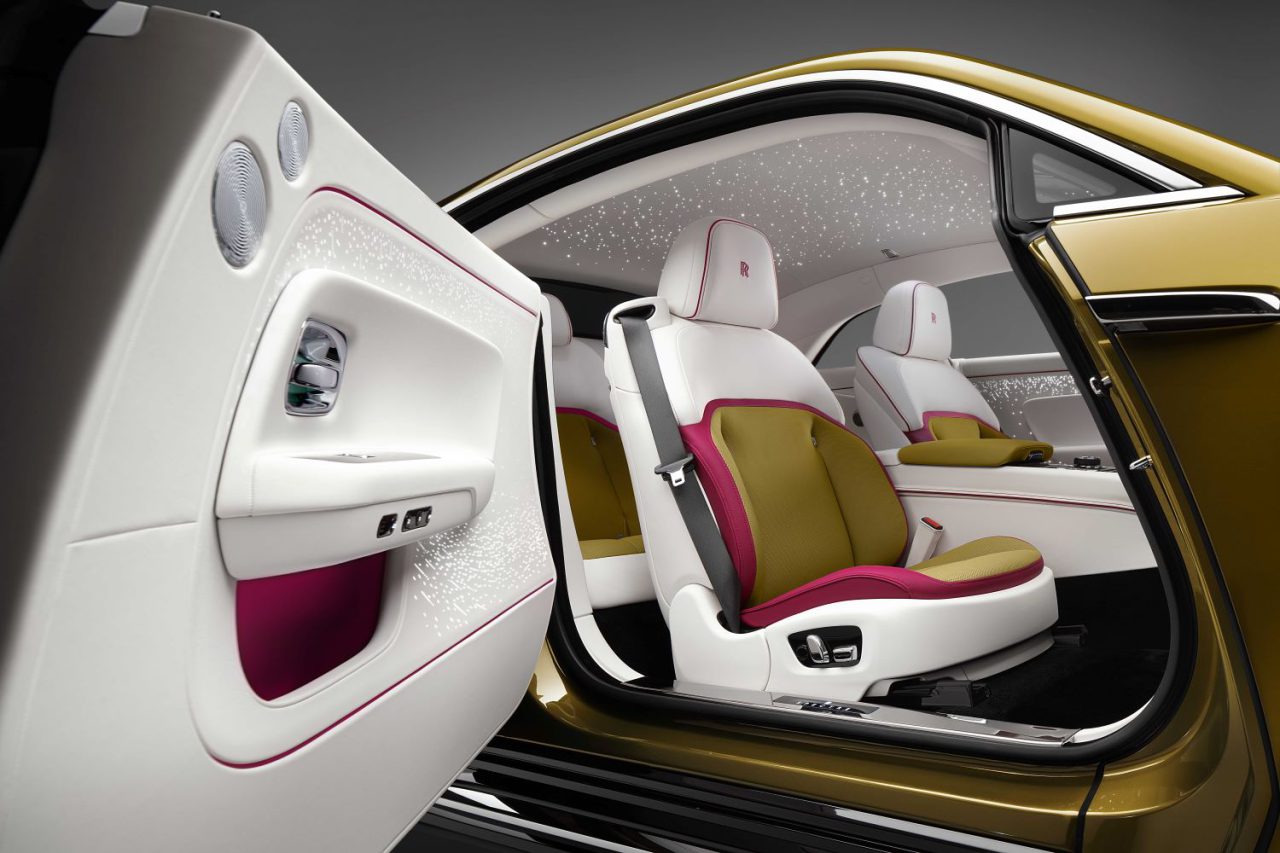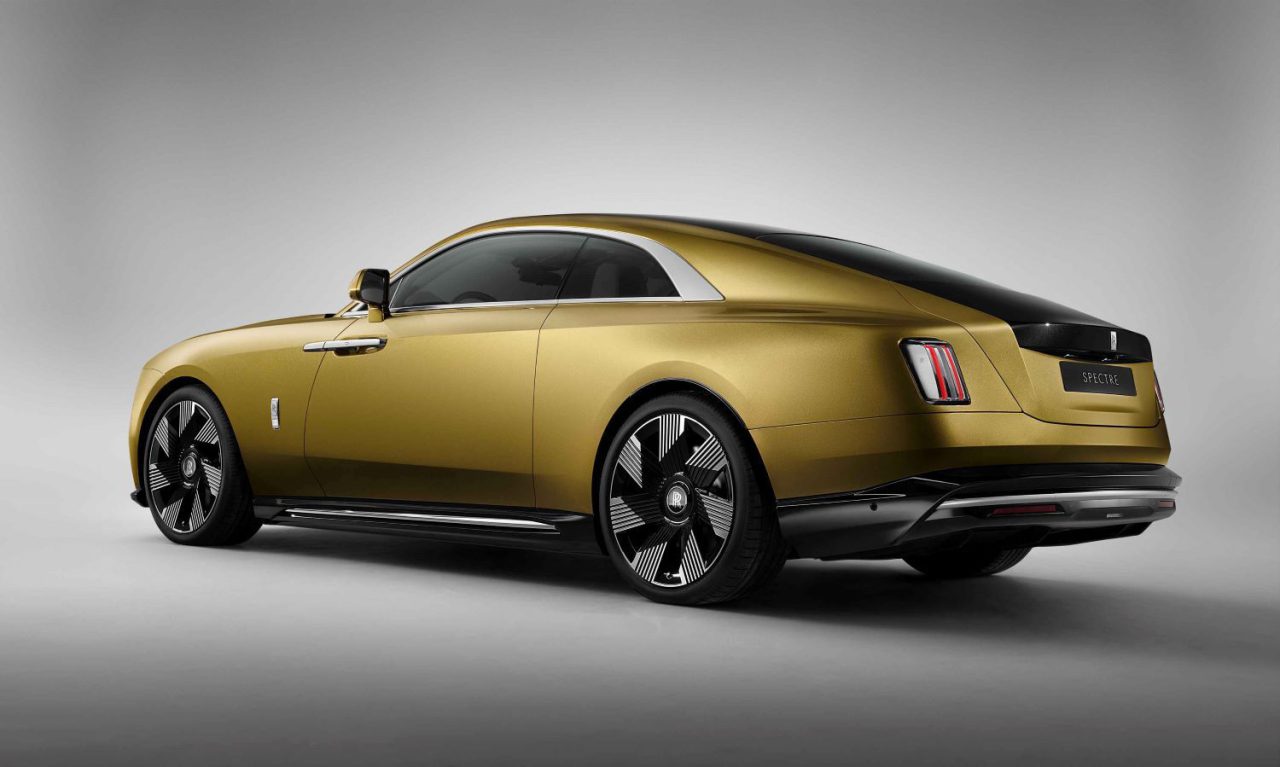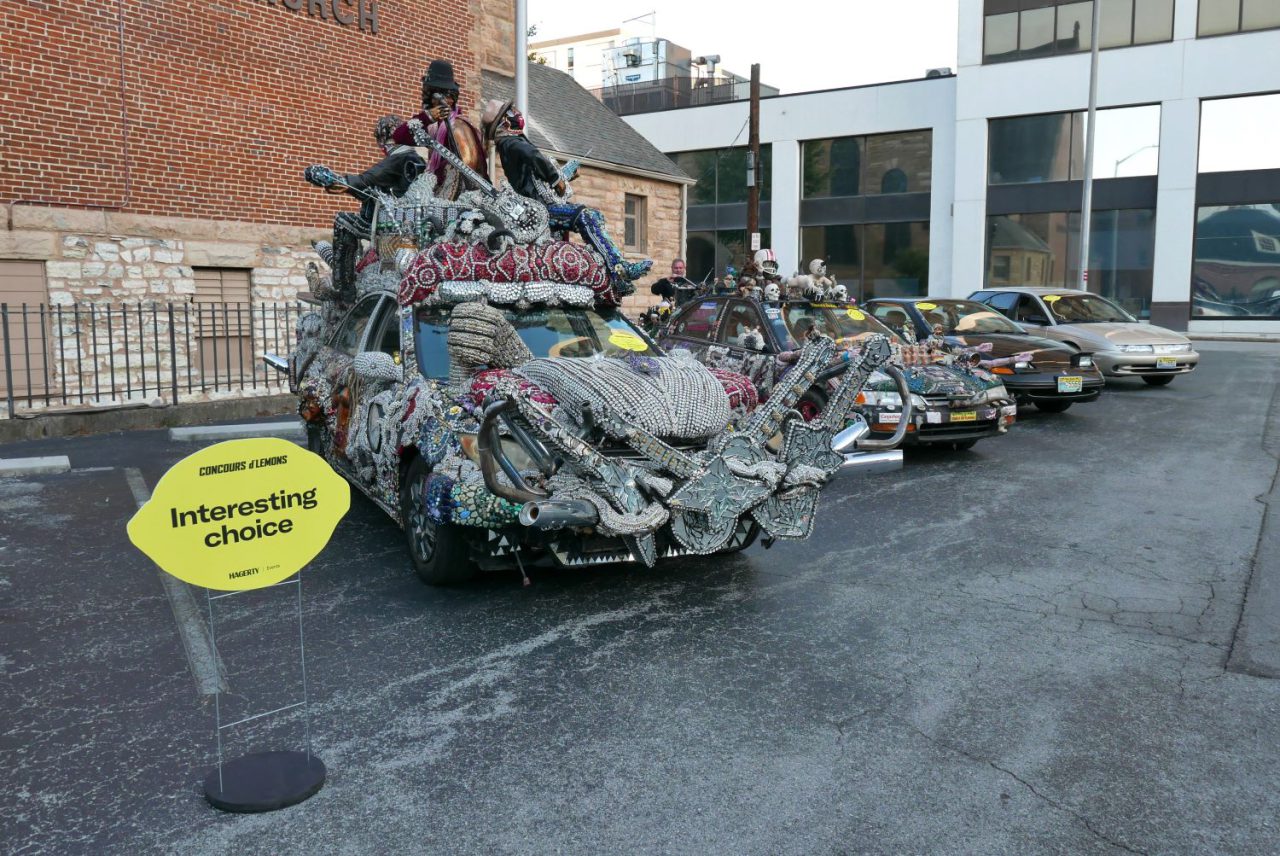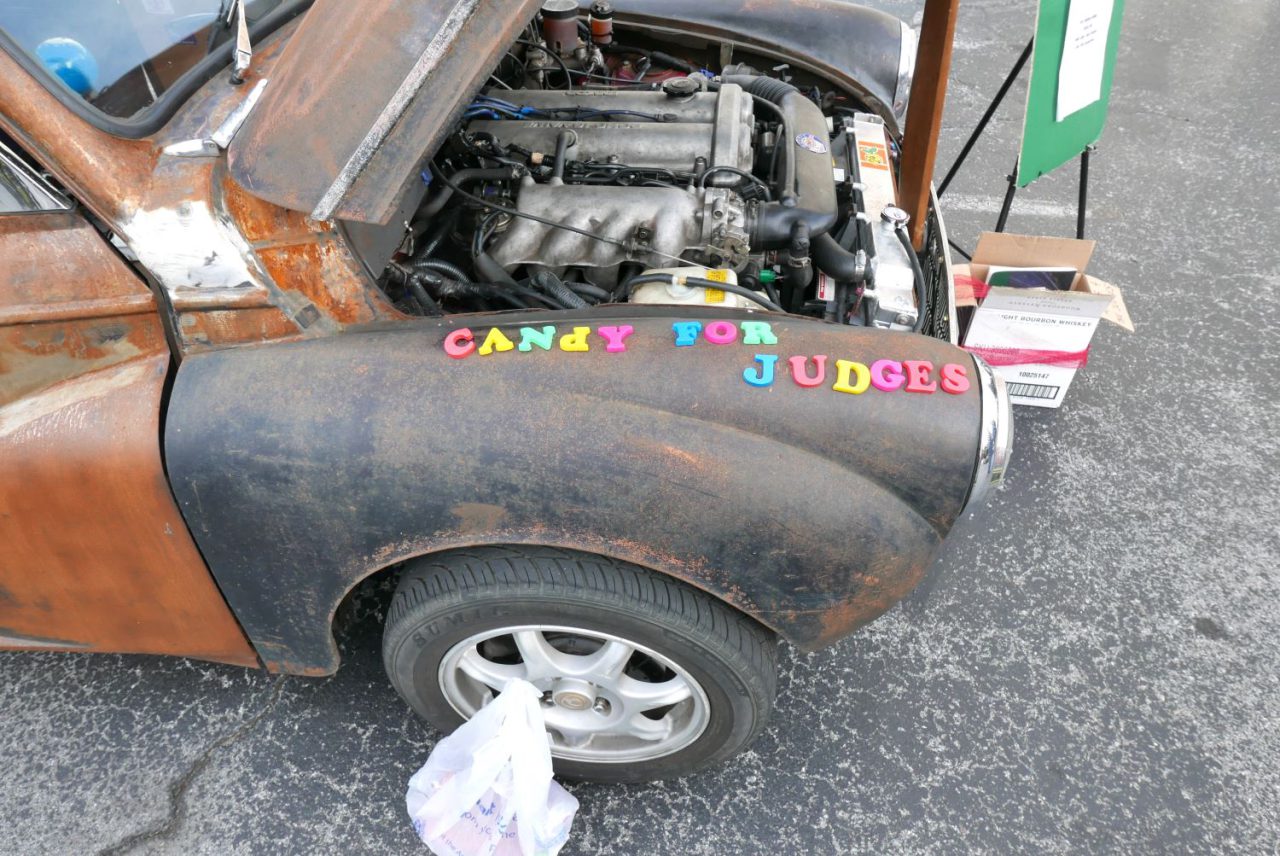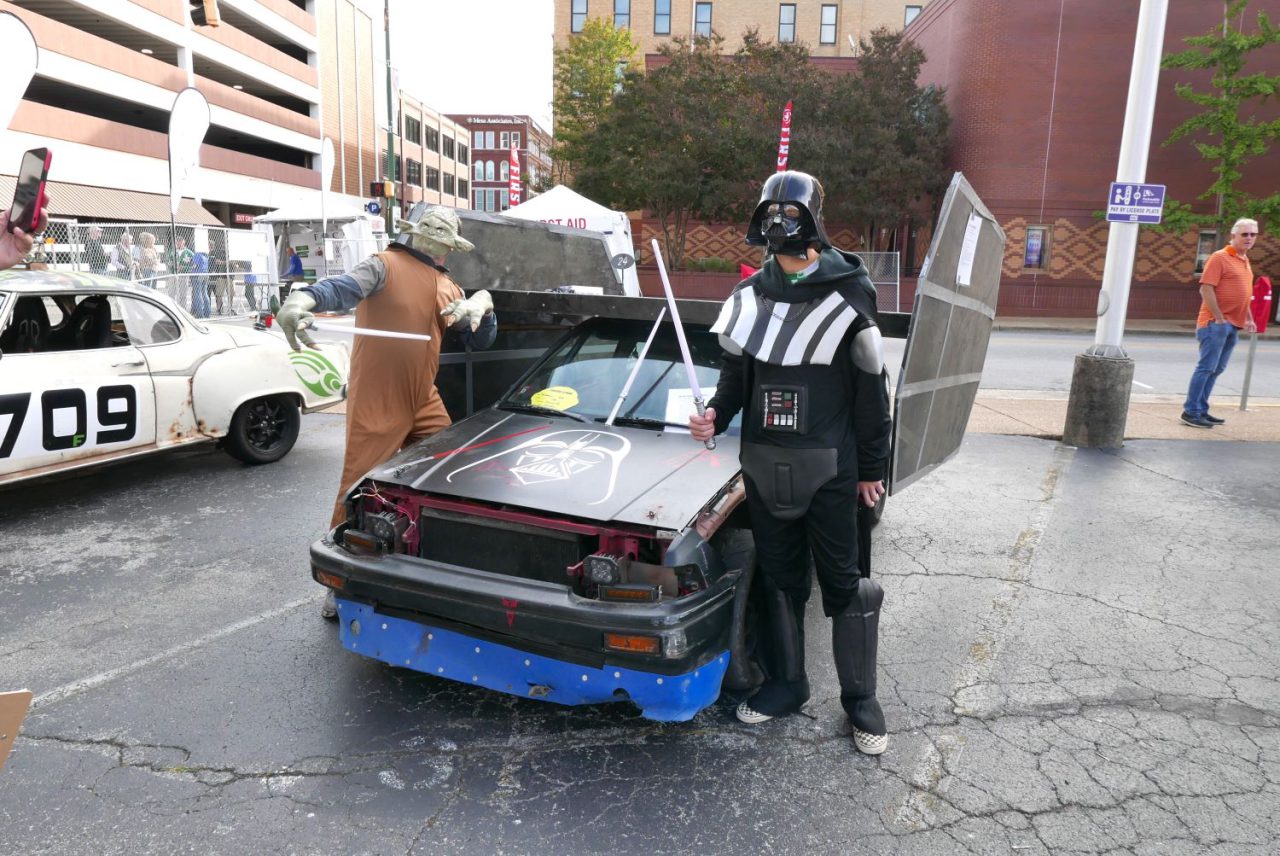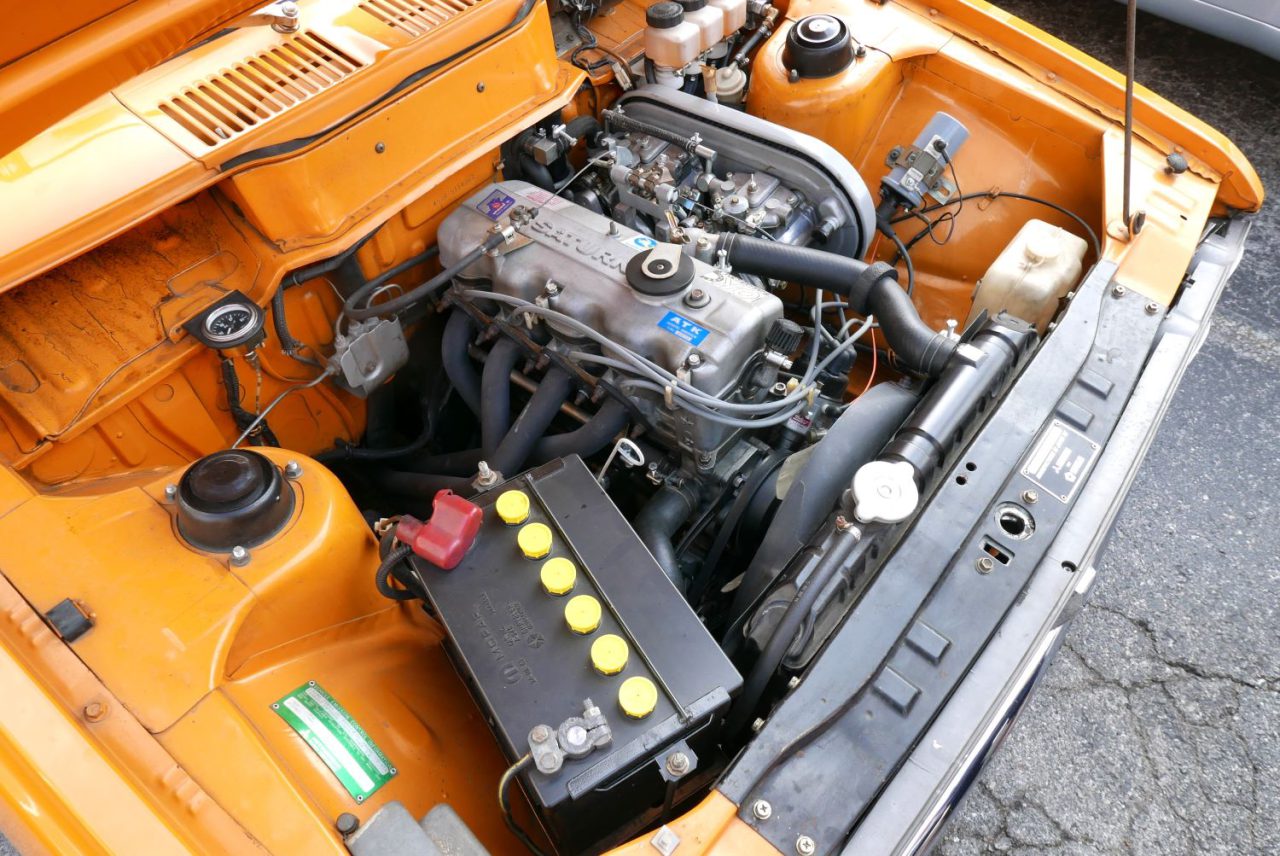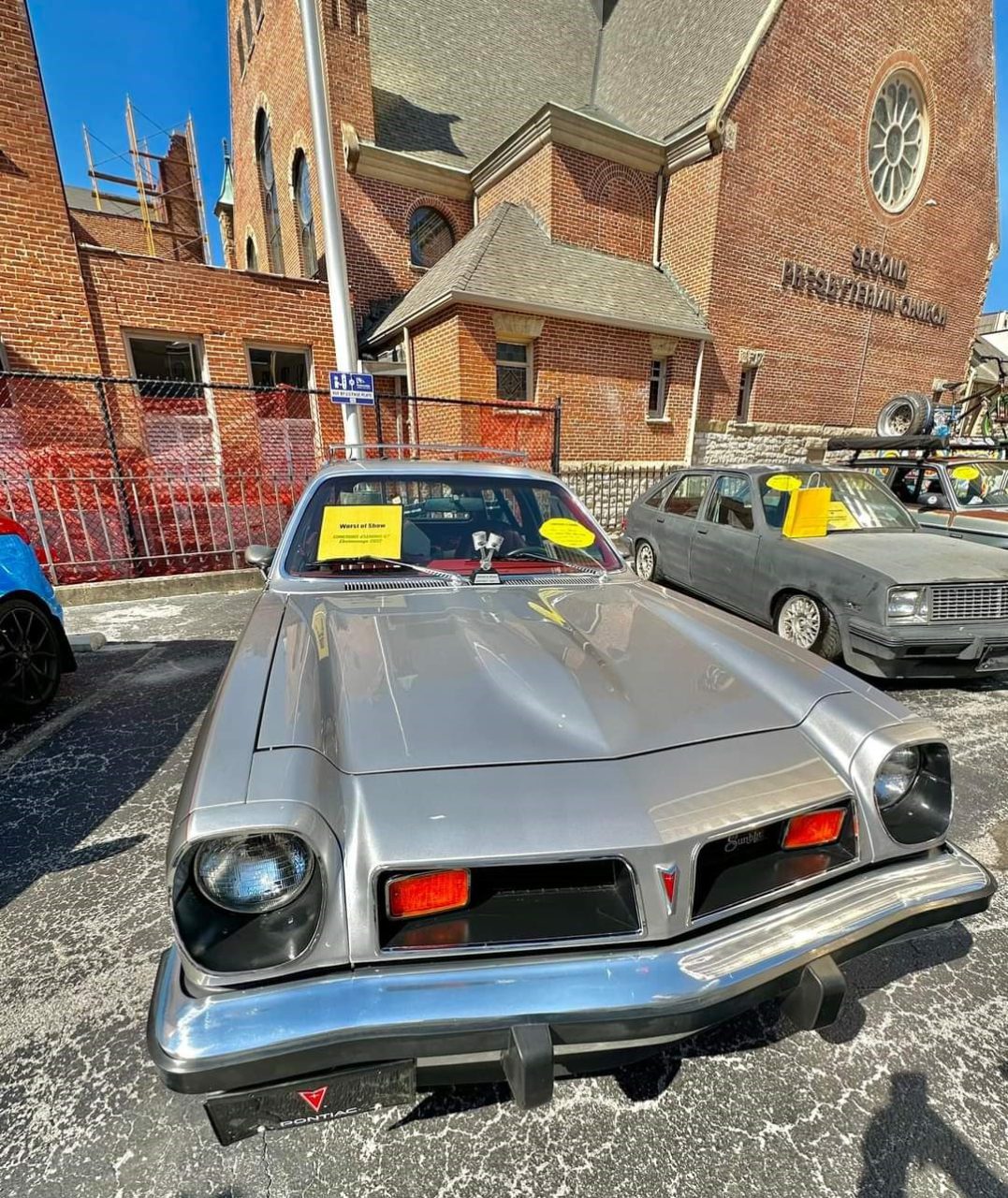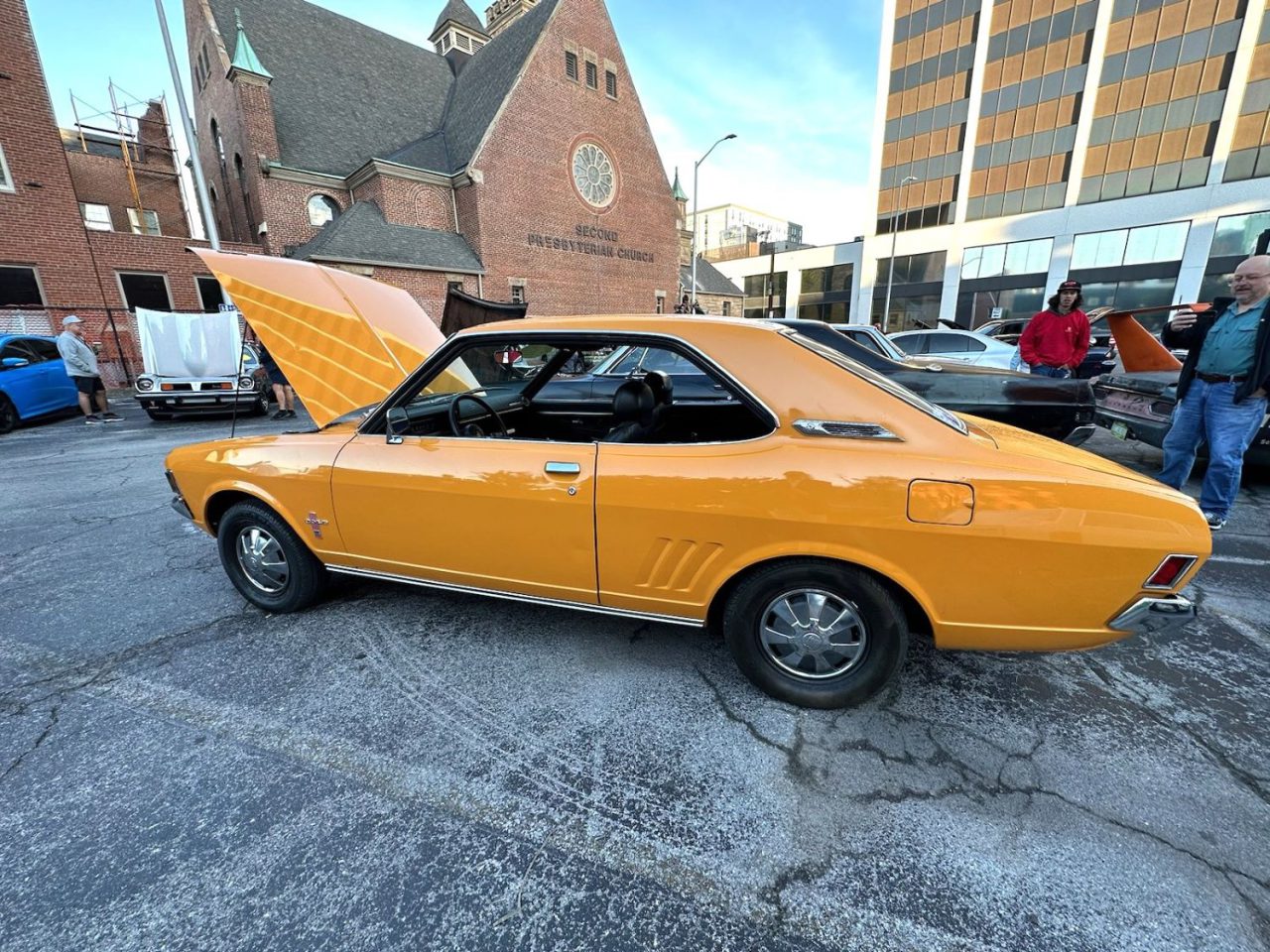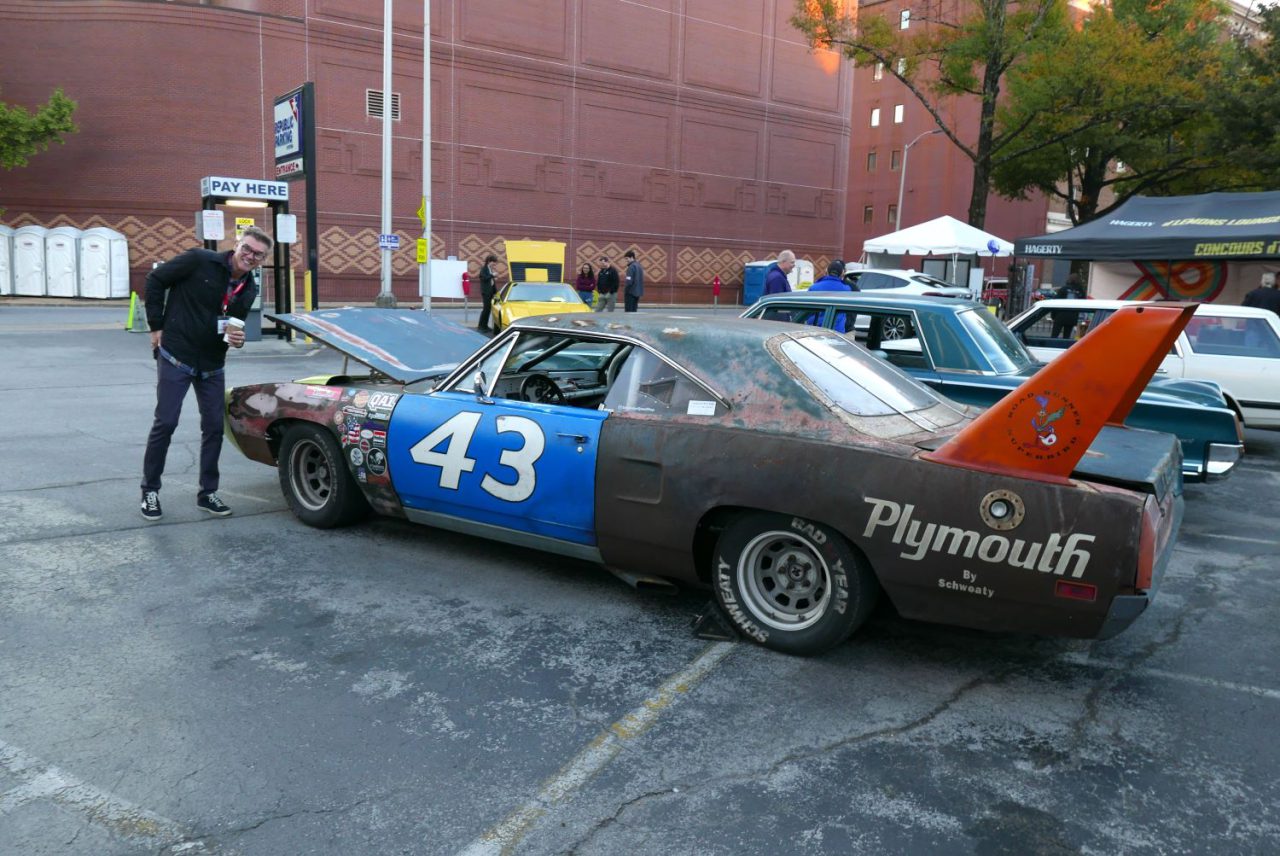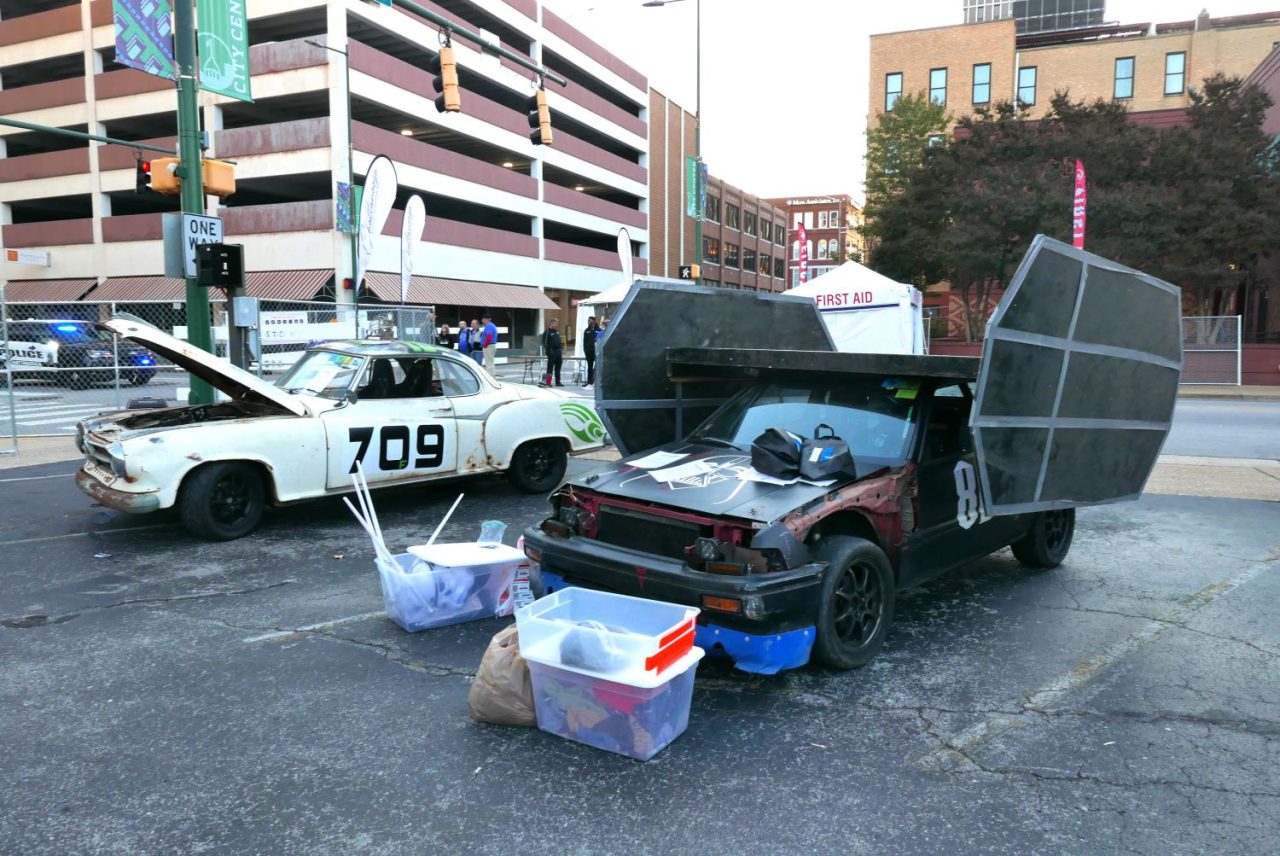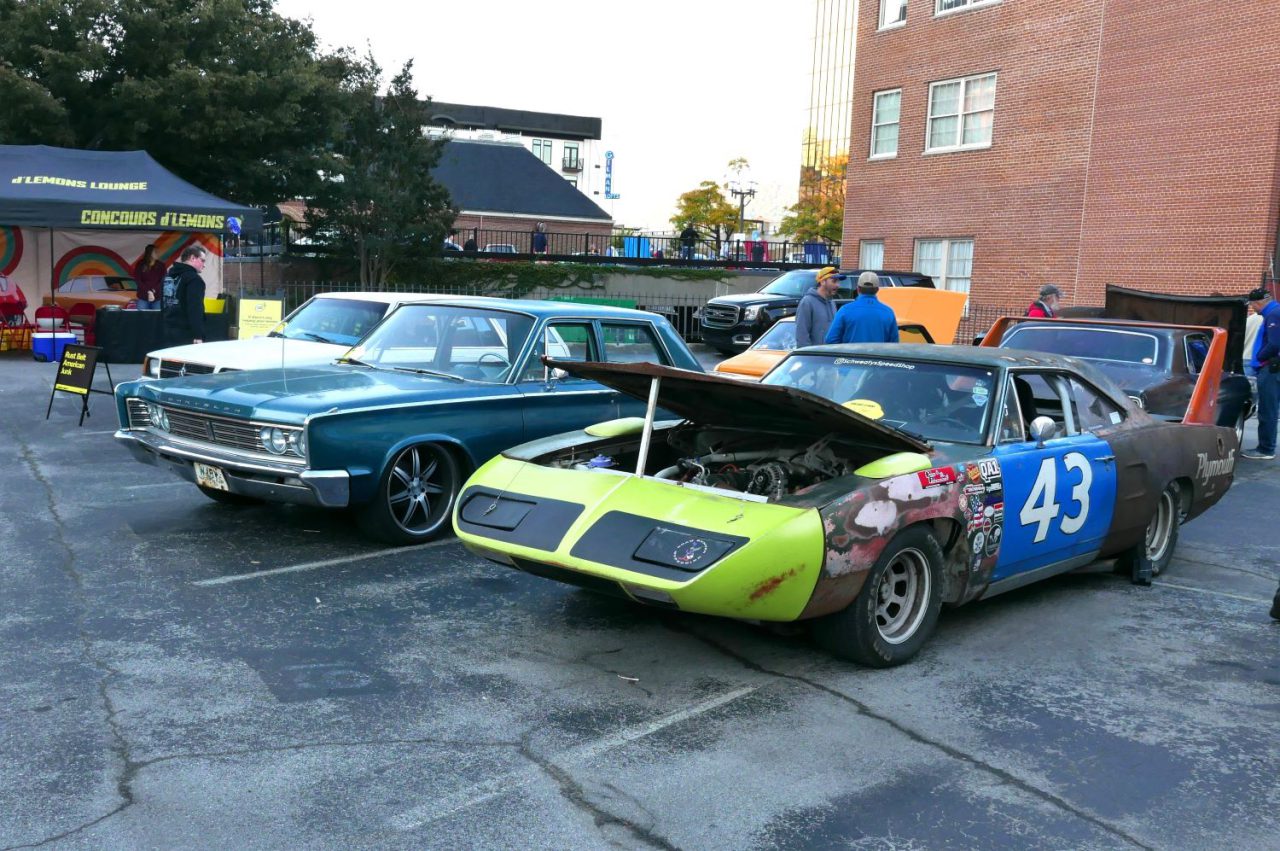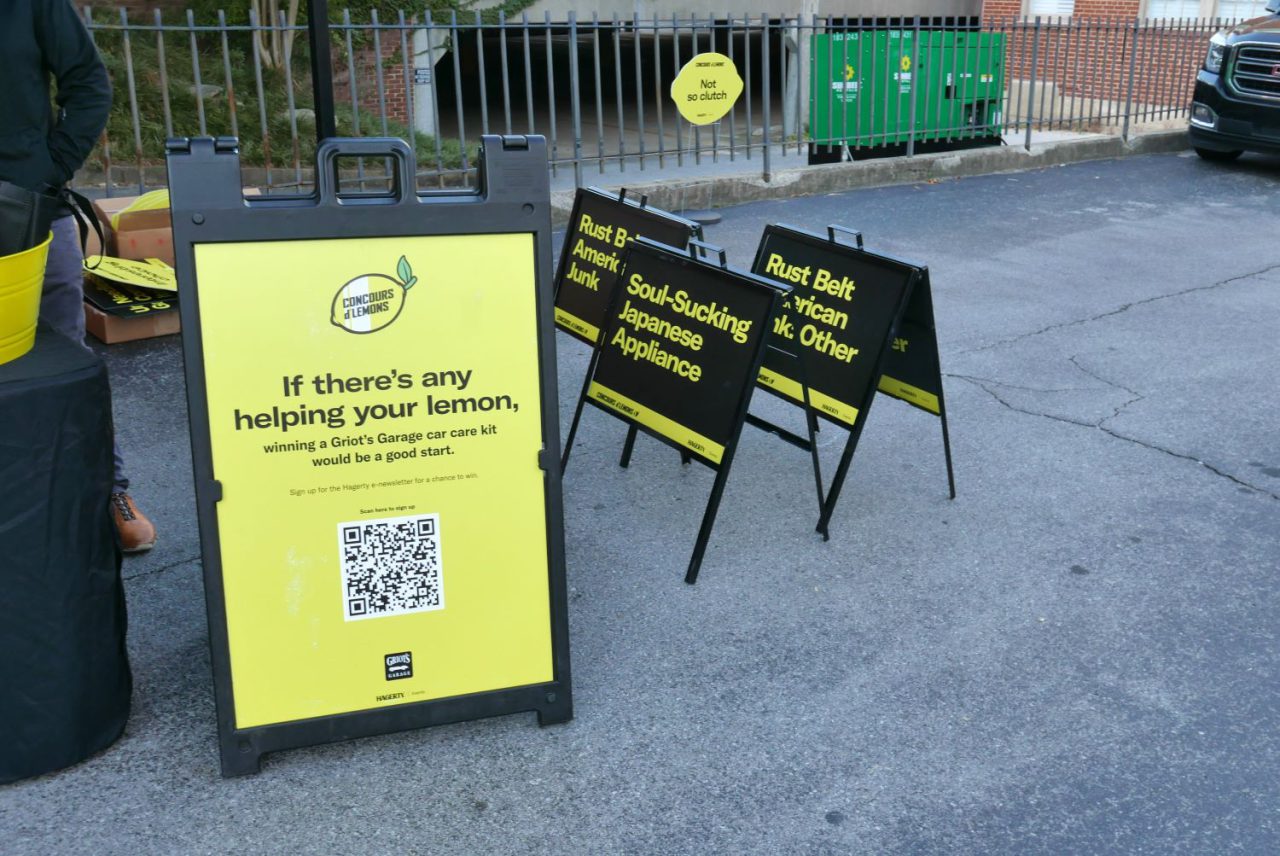Work continues apace on Project Rampart, our ultimate track-support vehicle using a 2021 Dodge Durango Hellcat as a 700hp base. Last month, we showed you some of the parts and pieces to make it live up to its claims. This month, we’re adding exhaust, push bars, lighting, and more. Though the intention of this rig is race support, its debut will be at this year’s SEMA Convention in Las Vegas. Can the revamped Durango make it to the Dodge booth at SEMA on time? (Spoiler warning: Yes, it will.)
Project Rampart: Part Three
![Color closeup of pre-positioning the side exhaust on Project Rampart: Dodge Durango Hellcat.]()
The exhaust is a custom arrangement designed by Unique, featuring custom stock-diameter mandrel-bent tubing, mufflers built in-house, and twin 2.5-inch exhaust tips side-exiting from the rear bumper cover. According to builder Neil Tjin, “We usually custom-build mufflers for Porsches and Ferraris, but for the Durango, we didn’t want them to be so loud and super-obnoxious.” The mufflers are located just behind the bumper on each side.
Project Rampart: Part Three
![Color image of the CAD for the side exhaust to be used on Project Rampart: Dodge Durango Hellcat.]()
The plan was to have a pair of 2.5-inch exhaust tips exiting through the side of the rear bumper cover. Unique used CAD software to illustrate a template to accommodate the size of the hole to be cut.
Project Rampart: Part Three
![Color closeup of the template used to cut the side exhaust hole on the quarter panel of Project Rampart: Dodge Durango Hellcat.]()
The template was designed so the hole would accommodate both custom tips. Once careful measurements were made (the “measure twice, cut once” mantra was in full effect when handling the custom-wrapped bumper cover), the template was placed and marked off, with the holes cut.
Project Rampart: Part Three
![Color closeup of the side exhaust pre powdercoating on Project Rampart: Dodge Durango Hellcat.]()
The exhaust relief surrounds are simple sheet steel, powder coated black to match the exhaust tips and the bumper bars, then riveted in place. The sound is aggressive, but not annoying, and the look is tough.
Project Rampart: Part Three
![Color closeup of the side exhaust installed on Project Rampart: Dodge Durango Hellcat.]()
Project Rampart: Part Three
![Color closeup of the light bar to be used on the front of Project Rampart: Dodge Durango Hellcat.]()
The front bar needed to not only look good, but also had to be capable of acting as a push bar should the situation demand it (i.e., a broken car at the top end of the track). This was hand-fabricated from 1-3⁄4-inch steel tubing to match the contours of the Durango’s nose, and Unique also made sure to include attachment points for the Rigid lights.
Project Rampart: Part Three
![Color closeup of the wrap around rails getting ready for assembly on Project Rampart: Dodge Durango Hellcat.]()
Mandrel-bent to fit and MIG-welded at the joins, the fabricated bars would show any imperfection beneath the powder coating, so of course there aren’t any. Maverick Powdercoating in Anaheim, California, took care of making sure all of the added finishes were uniformly matte black.
Project Rampart: Part Three
![Color head-on image of Project Rampart: Dodge Durango Hellcat, great view of the grille, head lamps and front light bar.]()
The end result looks like it should have been there all along. The quartet of Rigid lights is attached, hooked up, and functional. For added durability, the front push bar has six separate attachment points on the frame rails.
Project Rampart: Part Three
![Color image of Project Rampart: Dodge Durango Hellcat on a lift to illustrate the side rail steps to be later be powdercoated.]()
The side steps, fully capable of allowing even the beefiest of pilots a step-up into the cabin, are attached to chassis pinch welds at the far ends of the bar. Though not shown here, these will also be powder coated black to match the front and rear bars, and to give visual continuity to the end pieces.
Project Rampart: Part Three
![Color image of Project Rampart: Dodge Durango Hellcat on a stand to illustrate the tubing to wrap around the rear of the vehicle.]()
The rear bar, made from the same 1-3⁄4-inch steel tubing as the front and similarly fabricated in-house and finished to the same high degree, saw its contours dictated in part by the trailer hitch receiver. It also allows for a step to reach items stored on the roof rack. The bar has four attachment points fastened to the frame rails.
Project Rampart: Part Three
![Color image of Project Rampart: Dodge Durango Hellcat on a lift to help illustrate the bottom rail wrapping around the rear of the vehicle.]()
“Tough, subtle, functional” was the motif of the entire project. The bottom rail wraps around the lower bumper and ends at the trailing edge of the wheel opening. Keeping it black also helps disguise the molded-in lower fascia exhaust reliefs, meant to clear an exhaust that no longer exits there.
Project Rampart: Part Three
![A color image of the Project Rampart: Dodge Durango Hellcat, roof rack undergoing work in a shop.]()
The roof rack is being handled by Brian Stevens and the DeLux Customs crew out of St. George, Utah; it’s well on its way to being complete and will be powder coated and installed soon enough.
Project Rampart: Part Three
![A color image of a Super 73 Z1 electric bicycle to be used with the Hemmings Project Rampart: Dodge Durango Hellcat.]()
Given that Project Rampart is to be a well-equipped, modern race-support unit, a modern approach to pit transport will be included in the form of a Super 73 Z1 electric bicycle. Neil sent Project Rampart’s silent pit cruiser to Blur Boundaries of Newport Beach, California, for some visual tweaks. Mechanicals were left alone for the time being, but Blur Boundaries included a variety of bespoke, one-off 3D-printed items, including new custom wheel covers, pedals, hand grips, handlebar, chain, pedals, red LED headlamp, and a black leather seat with diamond-type red stitching. The acrylic-mesh piece that fills the void in the frame has a hexagonal theme that ties in with the Durango’s grille.
Project Rampart: Part Three
![A rear 3/4 view of the Dodge Durango Hellcat with the electric bicycle on the rear rack, parked in a parking lot.]()
Conjuring up images of the popular minibikes of half a century ago, the Super 73 Z1 features a 500-watt motor, 36-volt Panasonic battery (stored under the seat), a two-amp charger, a steel frame, a 20-mph top speed, and a thumb throttle to make cruising the pits easy. Unless you enjoy hot-dogging it, range (about 15 miles) shouldn’t be an issue.
Project Rampart: Part Three
![Tire work being performed for the Project Rampart: Dodge Durango Hellcat.]()
In our last issue, we showed you the awesome custom 20 x 10.5- inch Vossen HF-5 wheels in Satin Bronze. As we were going to press, the tires arrived: the only set of 295/45R20 (stock size, as per Dodge’s request) Falken Azenis FK460 all-season rubber that you’ll see at SEMA this year. Wheel Warehouse in Orange, California, is seen here assembling the formidable footwear.
